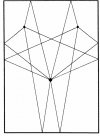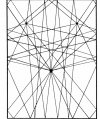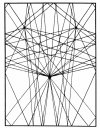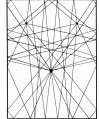In my view that is mostly wishful thinking.
It is accomplished routinely in studio control rooms, by managing the in-room reflection arrival times.
A concert hall has reverberation time around 2000ms. A listening room <500ms.
What later reflections should be "conveying"?
Assuming the reverberation of the concert hall is on the recording, then that reverberation is IN the in-room reflections. To put it another way, the in-room reflections function as "carriers" for the reverberation tails on the recording, assuming they retain enough overtone structure for the ear/brain system to correctly identify them as hall reverberation.
And how do you get later reflections without earlier ones?
Good question!
One way to do it is with room geometry. Studio control rooms often avoid early reflections at the mix position by having the first reflection paths for the main monitors miss the mix position. Often the side walls are angled such that the first lateral reflections pass behind the mix position. (Normally it's not possible to do this with the wall behind the mix position, so path length distance is used to push the arrival of those particular first reflections back in time.)
In a home audio setting one can use directional loudspeakers and toe them in far enough to avoid having significant ipsilateral first reflections, such that the first significant horizontal-plane reflections are the contralateral ones, which arrive after a considerably longer path-length-induced time delay.
Imo absorbing the first sidewall reflections is problematic, as that energy is no longer available to arrive as later reflections. In a home audio setting I prefer to minimize the first sidewall reflections via sufficiently narrow radiation patterns and aggressive toe-in. If that's not feasible, ime diffusion of the first sidewall reflections is generally preferable to absorption.
Last edited:




